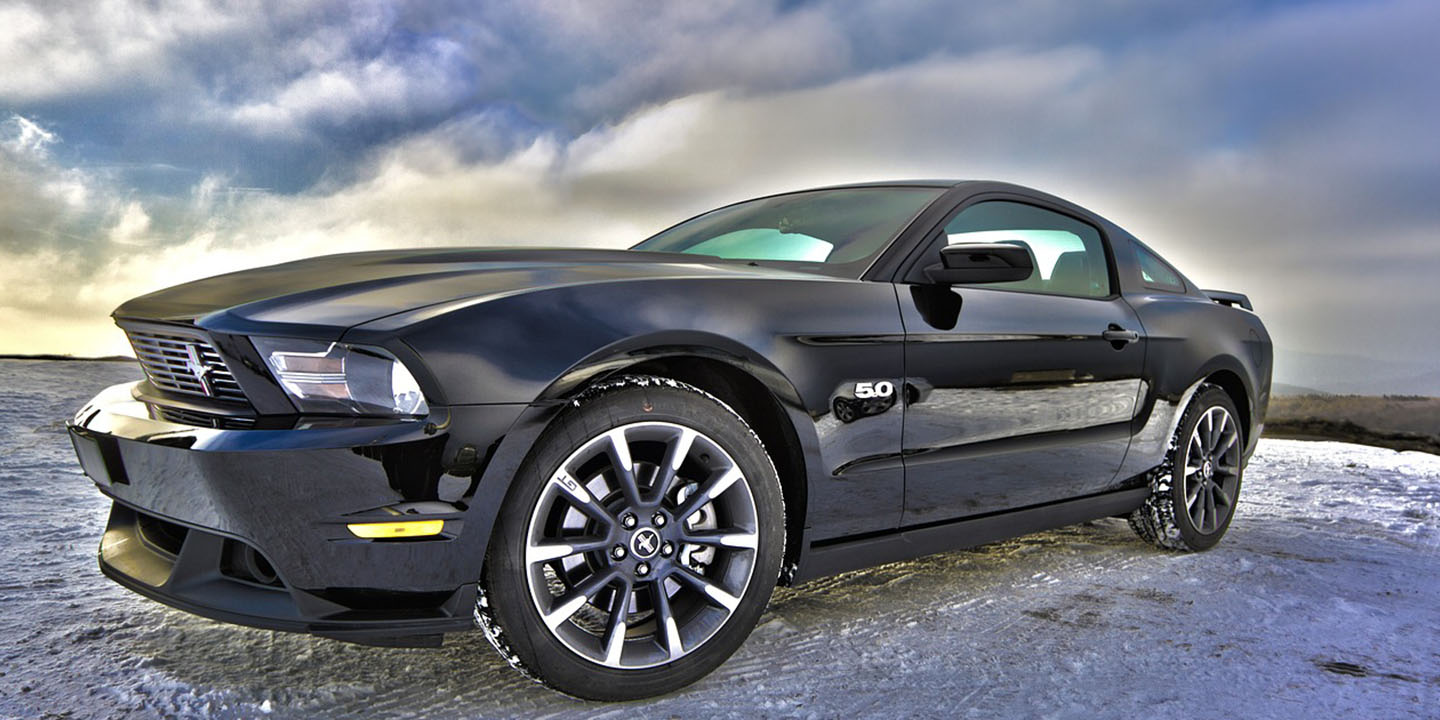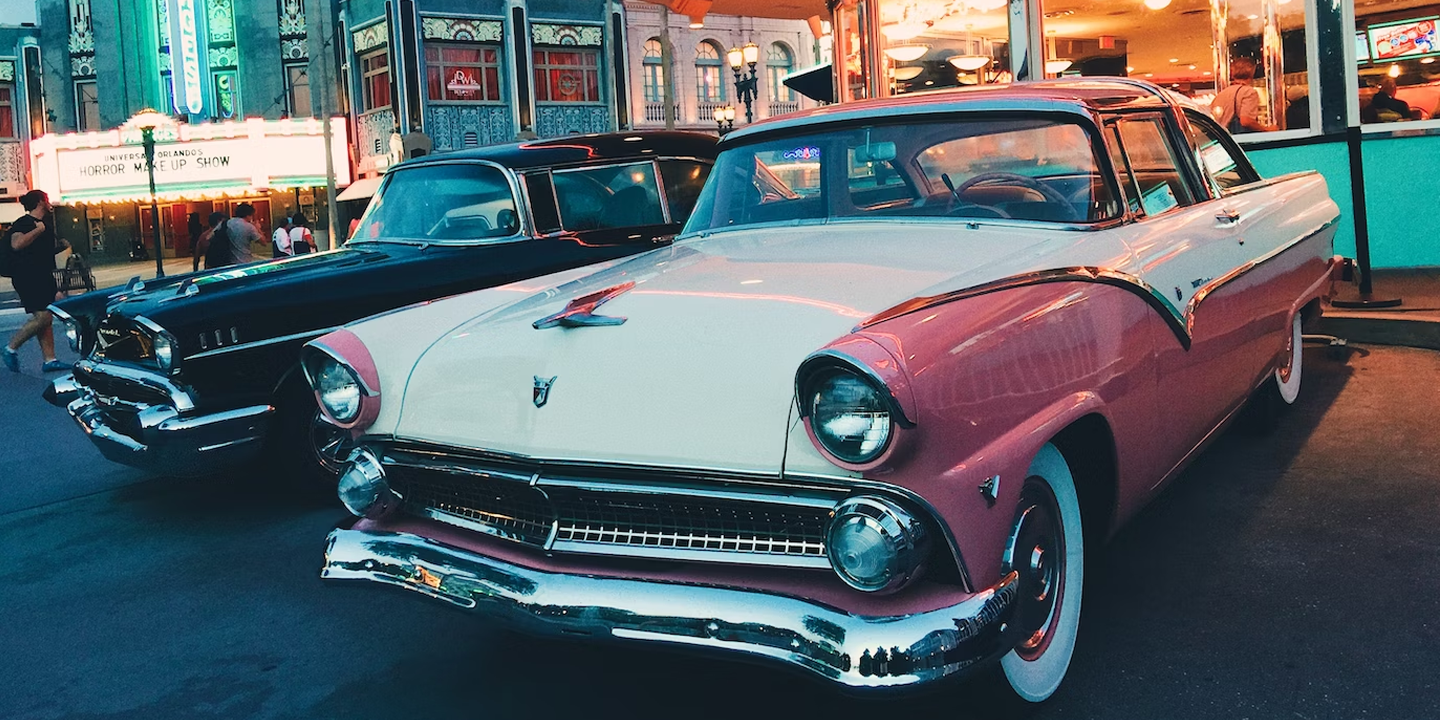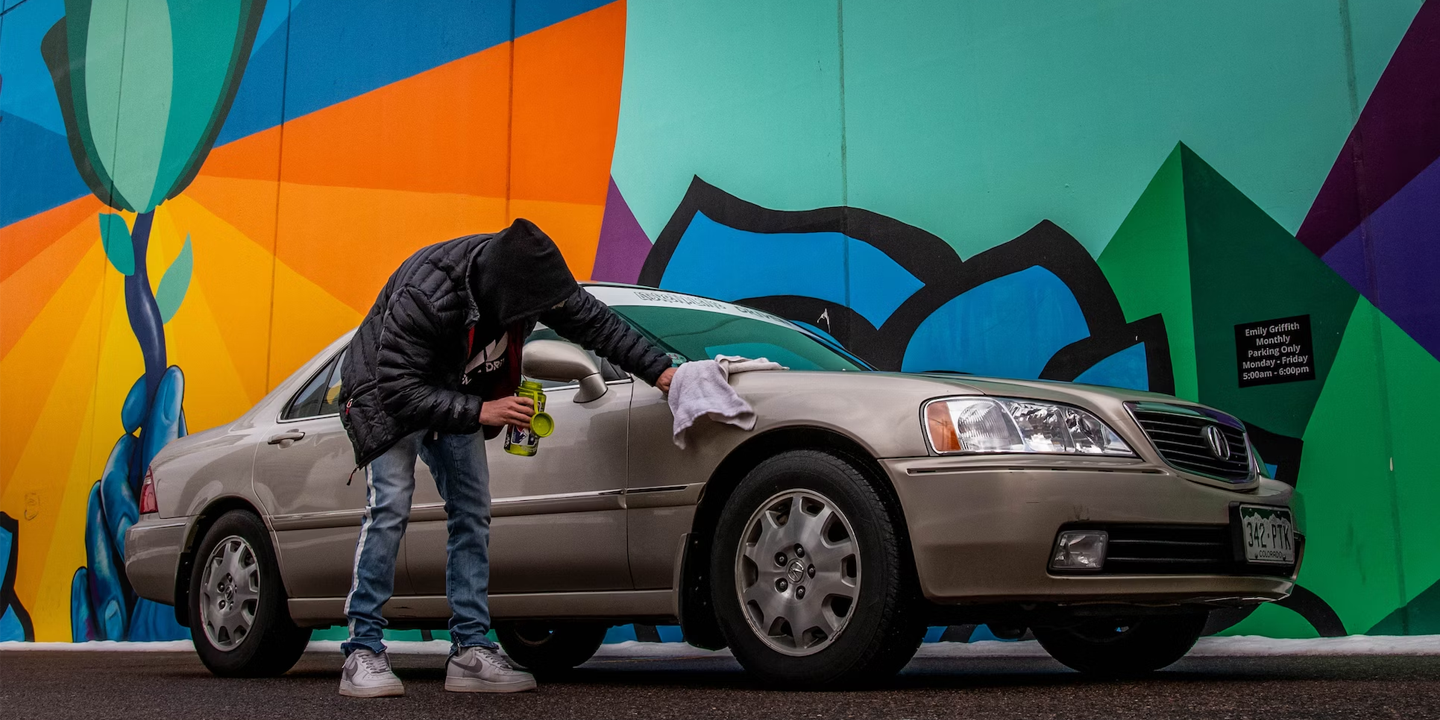VW’s Wild Design Swings
Volkswagen’s design journey is a rollercoaster of iconic hits and baffling misses. Some models became timeless symbols of style and engineering, while others left people wondering, “What were they thinking?” After all, VW has never shied away from bold design choices. In this list, we’re splitting the difference, starting with the biggest visual misfires before celebrating the sleek designs that got it right.
1. Beetle Dune
The Beetle Dune aimed for off-road flair but delivered a confused crossover look without the performance to match. The brand overlooked that reviving an icon requires more than adding trim and attitude. Oversized cladding and awkward proportions turned a cult favorite into a caricature that lacked authenticity.
2. 1990 Fox Sedan
Originally a rebadged Brazilian VW Voyage, the Fox sedan failed to connect with American consumers. Its clunky shape and boxy rear felt dated even in 1990. Compared to sleeker Japanese rivals, it looked unfinished. Design wasn’t the only issue, but it was certainly the first impression problem.
 Bull-Doser, Mr.choppers on Wikimedia
Bull-Doser, Mr.choppers on Wikimedia
3. 2007 Tiguan
Tiguan's first-gen design had a compact SUV frame that tried to balance sporty curves with utilitarian bulk but ended up exaggerating both. The narrow stance and tall height created a disproportionate silhouette, which made it feel too stubby to be sleek and too rounded to feel rugged.
4. 2011 Jetta
This sixth-gen Jetta marked a major cost-cutting shift. Volkswagen ditched the upscale interior materials and design touches that made earlier models stand out. Hard plastics replaced soft-touch panels. The once-European-feeling cabin suddenly screamed rental-grade just to hit a lower price point.
5. Phaeton
Being a flagship sedan had tech on par with Bentley, yet its visual identity didn’t match its ambitions. From a distance, the Phaeton looked like a supersized Passat. Its understated grille and conservative lines alienated luxury buyers expecting flair. Form never justified the fortune.
6. Eos
Coupes and convertibles often struggle with proportion, but the Eos was even more clunky. Integrating a retractable hardtop into a compact frame created a bulbous rear and an ungraceful roofline. Rear visibility suffered, and the car appeared perpetually under transformation, never quite sure of its design identity.
7. 1996 Golf Harlequin
Only a few thousand were made, but the Harlequin left a lasting impression for better or worse. Volkswagen swapped body panels to create a patchwork of four factory colors. It was meant to be playful but for many, it looked like a scrapyard mix-up.
 Analogue Kid at English Wikipedia on Wikimedia
Analogue Kid at English Wikipedia on Wikimedia
8. Atlas
At its core, the Atlas is a family-focused SUV. However, the pre-2024 base trim’s design tells another story. Gray plastic accents and dull lighting elements undermine the model’s otherwise balanced shape. Without the upper trims’ chrome and LED flourishes, it seems barebones and tired.
9. Routan
The Routan lacked the visual DNA of a true Volkswagen. Introduced in 2008, it carried familiar VW badges but not the sleek contours or design consistency expected of the brand. It borrowed Dodge Grand Caravan cues but dropped the visual charm both brands needed.
10. T-Cross
Though popular in Europe, the T-Cross struggled to make a styling impact. Its front fascia featured split-level lighting and abrupt geometric elements that didn’t align well with VW’s cohesive design language. The result felt over-styled and plasticky, more toy-like than premium.
But Volkswagen didn’t just deliver design letdowns. Some models turned heads for all the right reasons. Now, it’s time to look at the sleek side of the story.
1. Classic Beetle
Nothing in automotive history mirrors the timeless charm of the original Beetle. Designed by Ferdinand Porsche in the 1930s and mass-produced post-WWII, its rounded silhouette became a global symbol of simplicity and utility. Over 21 million units later, the aesthetic still inspires.
2. Golf GTI
The Mk1 GTI was launched in 1976 with a look that redefined the hot hatch design. Red grille trim and a clean three-door layout gave it instant personality. Every generation since has echoed that visual formula: refined but never overdone.
 Handelsgeselschaft on Wikimedia
Handelsgeselschaft on Wikimedia
3. 1960s Karmann Ghia
Styled by the Italian design house Ghia and hand-built by Karmann in Germany, the Karmann Ghia combined VW’s practical chassis with coachbuilt flair. Its curvaceous bodywork and subtle chrome touches created elegance without excess. This car wasn’t fast, but it looked beautiful in motion.
 dave_7 from Lethbridge, Canada on Wikimedia
dave_7 from Lethbridge, Canada on Wikimedia
4. SP2
The SP2 stands as a hidden gem in Volkswagen’s design history. A long hood and low-slung profile gave it sports car energy, even without the speed. Marketed locally and admired globally, the SP2 was proof of VW’s flair beyond Germany.
5. Corrado VR6
Few VW designs radiated purpose like the Corrado. Introduced in 1988, its wedge profile and pop-up rear spoiler announced a break from VW’s practical mold. The VR6 engine only enhanced its mystique. With assertive styling and forward-thinking engineering, the Corrado still commands respect in enthusiast circles.
6. Passat CC
When the Passat CC arrived in 2008, it brought coupe aesthetics to sedan practicality. The car's sweeping roofline and low stance upgraded VW’s design language. Moreover, subtle chrome and sharp shoulder lines reinforced its upscale ambitions. The Passat CC challenged expectations of what a midsize VW could be.
7. ID. Buzz
Channeling the Microbus spirit, the ID. Buzz embraces heritage with a modern twist. This car features two-tone panels and short overhangs that echo its 1960s predecessor. Yet it’s fully electric and packed with innovation. The result is retro styling that feels futuristic.
8. Touareg
Volkswagen’s first entry into the luxury SUV space was the original Touareg, which combined muscular lines with restrained elegance. Co-developed with Porsche, it wore squared-off headlights and tight proportions. The clean design aged well and earned design awards across markets.
9. XL1
Unveiled in 2013, the XL1 was a vision for ultra-efficiency, but its design stunned as well. Aerodynamic to the extreme, the teardrop shape and scissor doors turned heads. Made almost entirely of carbon fiber, it proved that minimalist design and advanced engineering could create a striking silhouette.
10. Type 3
Introduced in the early 1960s, the Type 3 Fastback brought smooth continuity to Volkswagen’s growing lineup. Its flush lines and tidy rear profile marked a shift toward a more refined design. This car blended modernist cues with VW’s utilitarian DNA to create a style that felt effortless.
























